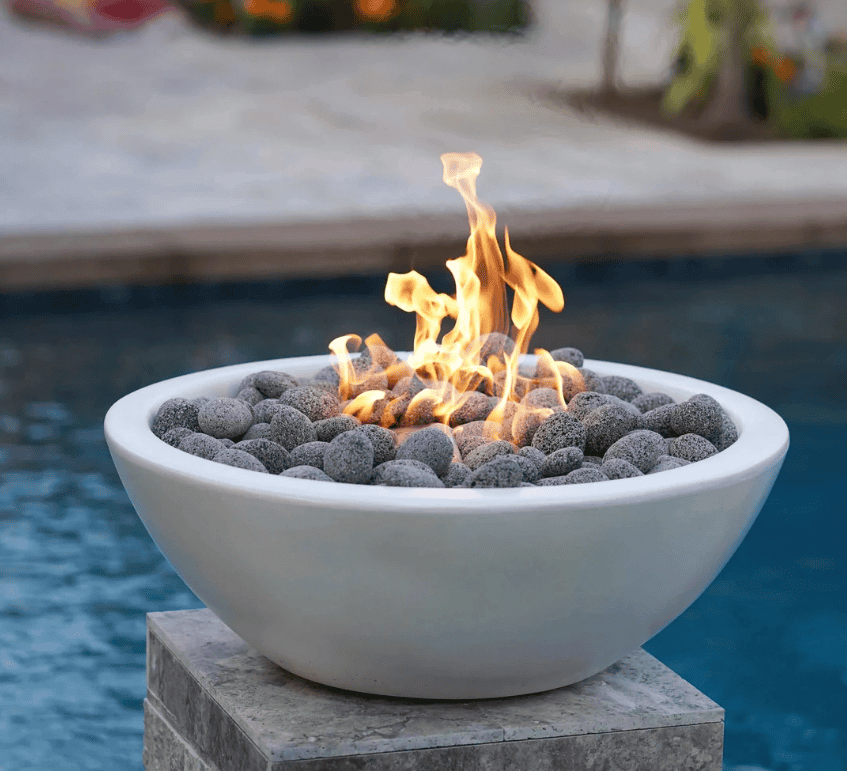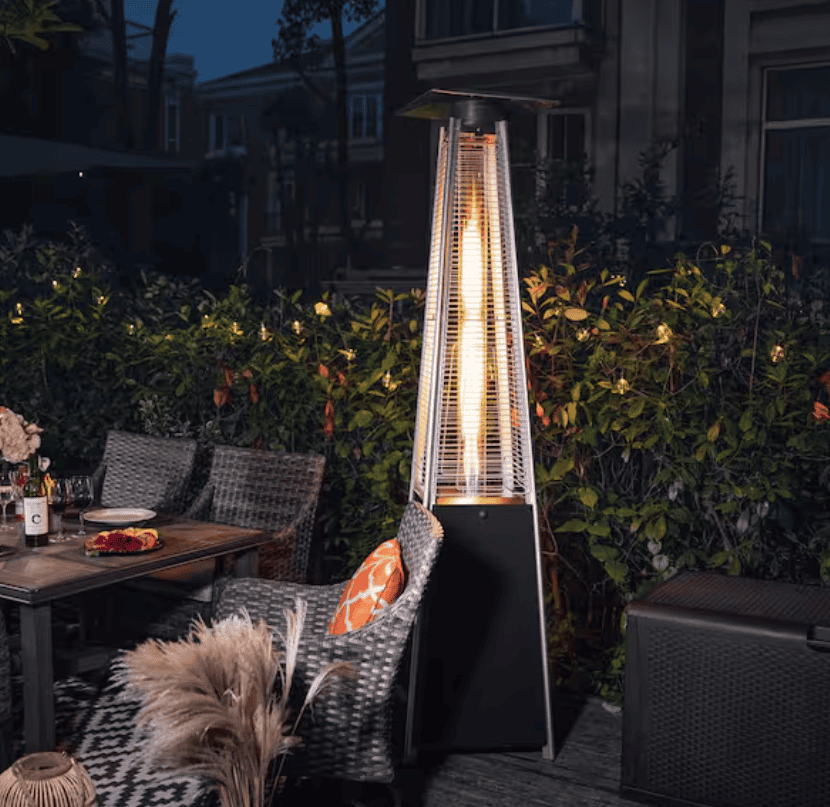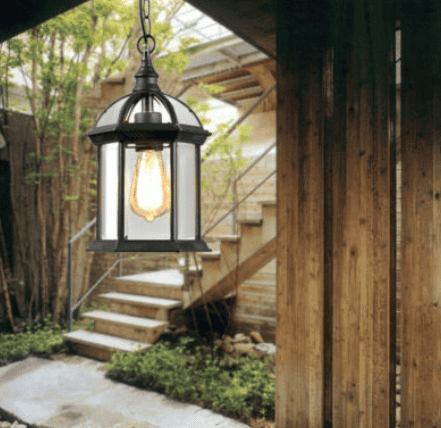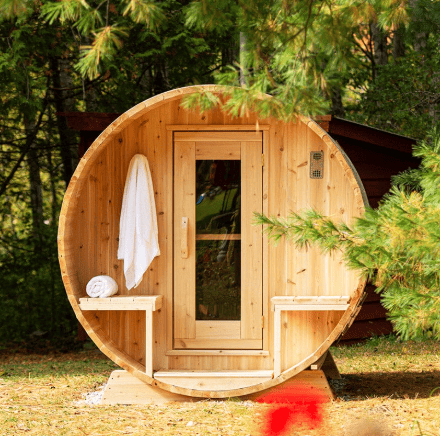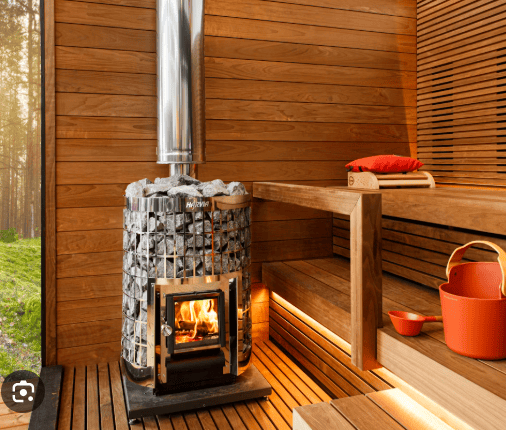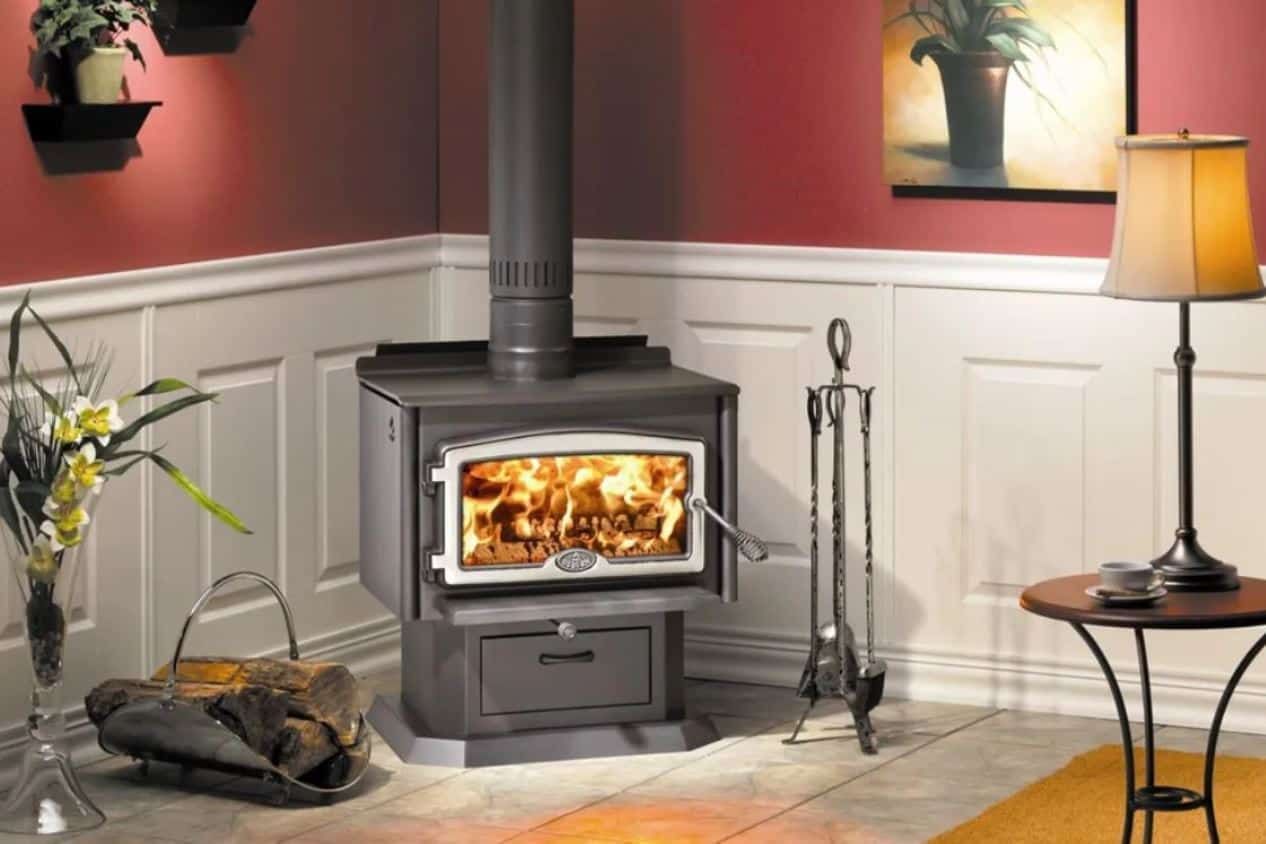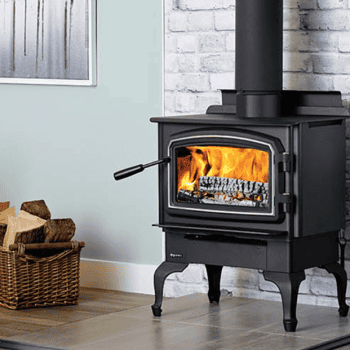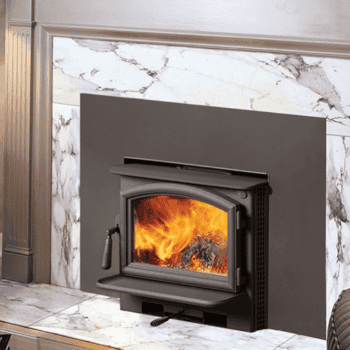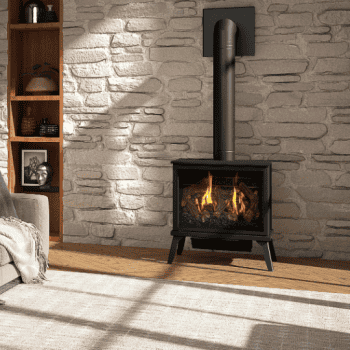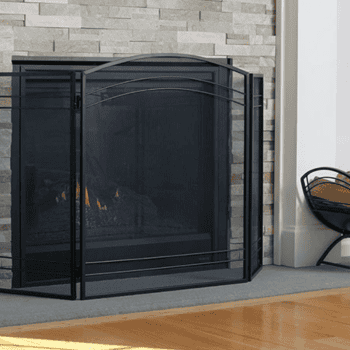Wood Furnace: The Ultimate Guide to Wood Burning and Outdoor Heating
Welcome to the ultimate guide to wood furnaces! This comprehensive resource will walk you through everything you need to know about heating your home with wood, from understanding the basics of a wood burning furnace to selecting the right model for your needs and maintaining it for years of efficient operation.
Introduction to Wood Furnaces
What is a Wood Burning Furnace?
A wood burning furnace is a heating system designed to burn wood fuel efficiently and safely to generate heat. These furnaces come in various sizes and configurations and are typically connected to ductwork to distribute warm air throughout a home. The wood burning furnace operates by using a combustion chamber, or firebox, where the burning takes place.
Benefits of Using a Wood Furnace
The benefits of using a wood furnace are numerous. For homeowners, wood furnaces offer energy savings compared to traditional heating systems like gas or electric options. They also provide advantages outlined in the table below:
| Benefit | Description |
|---|---|
| Renewable Resource | Wood is a renewable resource. |
| Cost-Effective | Wood can be a cost-effective heat source, especially with access to a ready supply. |
Types of Wood Furnaces
Various types of wood furnaces are available on the market today, each with its own unique features and benefits. There are indoor wood furnace models designed to be installed within the home, and outdoor wood furnace options, often called outdoor wood burning stoves, that sit outside. It is important to understand the distinctions of the furnaces available.
Understanding Wood Burning Stoves
Types of Wood Burning Stoves
Wood stoves are a popular alternative to central heating systems and come in various designs, including freestanding stoves, insert stoves (which fit into existing fireplaces), and pellet stove models. Wood stoves offer a supplemental heat source and can be used to heat a single room or a small area efficiently using wood fuel.
How to Choose the Right Wood Stove
Choosing the right wood stove involves considering several factors, such as the size of the space you want to heat, the desired heat output (BTU), and your personal preferences regarding style and features. It's essential to choose a stove that's appropriately sized for your needs to ensure optimal efficiency and comfort when you want to heat your home.
Installation Considerations for Wood Stoves
Proper installation is crucial for the safe and efficient operation of a wood stove. This includes ensuring adequate clearance from combustible materials, installing a proper chimney pipe or chimney, and complying with local building codes and regulations. Proper installation ensures that the byproducts of wood burning are properly removed from the home.
Outdoor Wood Furnaces
What is an Outdoor Wood Furnace?
An outdoor wood furnace is a heating appliance designed to be located outside the home. These furnaces burn wood to heat water, which is then circulated through insulated underground pipes to heat your home via a heat exchanger or existing heating system. The warm air from the heat exchanger is then distributed.
Advantages of Outdoor Wood Burning Stoves
Outdoor wood burning stoves offer several advantages. One key benefit is that they keep the mess and potential fire hazards associated with burning wood outside the living space. Additionally, they offer efficiency in heating without bringing wood inside.
| Advantage | Description |
|---|---|
| Safety and Cleanliness | Keeps mess and potential fire hazards outside the living space. |
| Heating Capacity | Allows for heating larger areas or multiple buildings with a single heat source. |
Installation and Maintenance of Outdoor Wood Furnaces
Installing an outdoor wood furnace requires careful planning and adherence to manufacturer's instructions. This includes selecting a suitable location, properly insulating the underground pipes, and ensuring adequate ventilation around the furnace. Regular maintenance, such as cleaning the firebox and chimney pipe, is essential for safe and efficient operation.
Residential Wood Furnace Heating
Choosing the Right Size for Your Home
Selecting the appropriate size wood furnace is crucial for effectively heating your home. Factors to consider include the square footage of your home, the level of insulation, and the climate in your area. A properly sized furnace will provide sufficient heat without overheating or wasting fuel when you heat your home.
Air Distribution Systems for Wood Furnaces
Effective air distribution is essential for ensuring even heating throughout your home when using a wood furnace. This often involves connecting the furnace to existing ductwork, installing additional ducts or vents, and using a blower to circulate the warm air and distribute the air for heating.
Insulating Your Home for Maximum Efficiency
Proper insulation is key to maximizing the efficiency of any heating system, including a wood furnace. Insulating your home helps to reduce heat loss, allowing you to use less wood to heat your home and maintain a desired temperature. This can result in significant energy savings over time.
FAQs about Wood Furnaces
How is a Wood Furnace Different from a Pellet Stove?
While both wood furnaces and pellet stoves burn wood for heat, they differ in terms of fuel type, operation, and heating capacity. Wood furnaces typically burn larger pieces of wood and are designed for whole-house heating, while pellet stoves burn compressed wood pellets and are often used for supplemental or zone heating as a heat source.
What Kind of Wood is Best for Burning?
The best type of wood for burning depends on factors such as heat output, burn time, and ease of splitting. Hardwoods like oak, maple, and ash generally provide more heat and burn longer than softwoods like pine and fir. However, it's important to ensure that the wood is properly seasoned (dried) before burning to minimize creosote buildup in the chimney.
How do I Maintain My Wood Burning Furnace?
Regular maintenance is essential for the safe and efficient operation of your wood burning furnace. This includes cleaning the firebox and chimney pipe regularly to remove ash and creosote, inspecting the door seals and blower for leaks or damage, and ensuring that the thermostat and damper are functioning properly.

